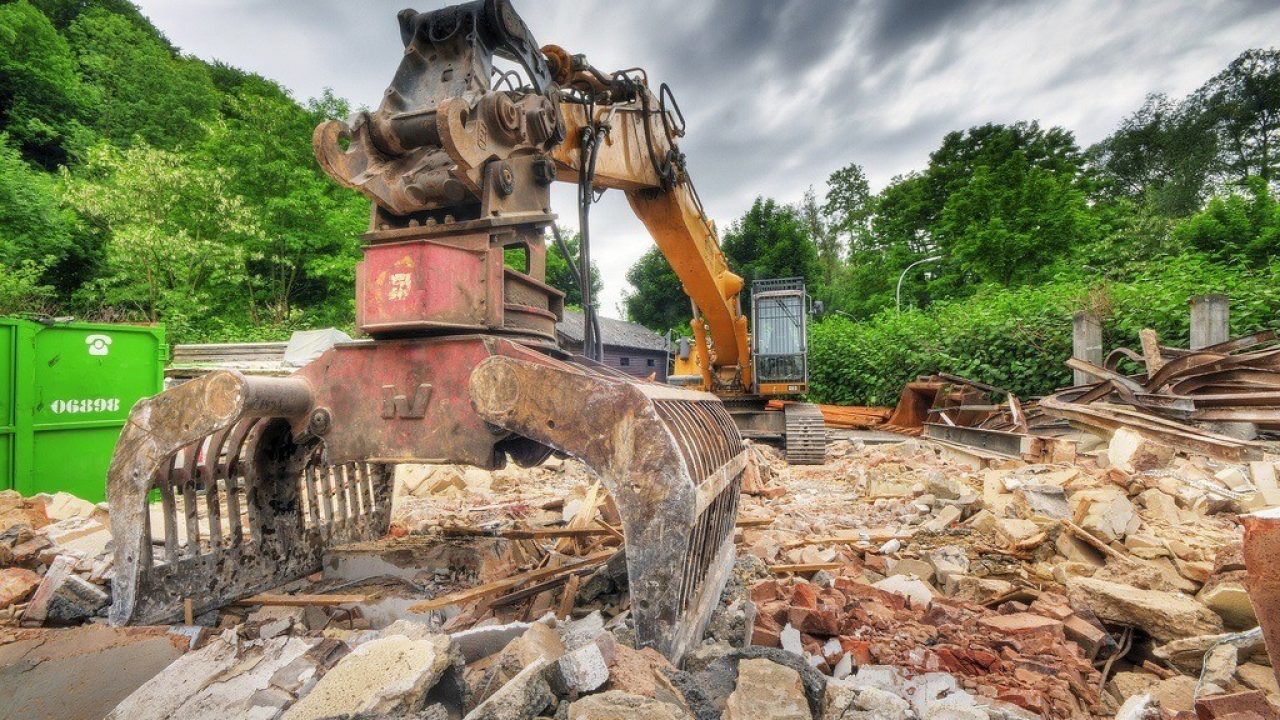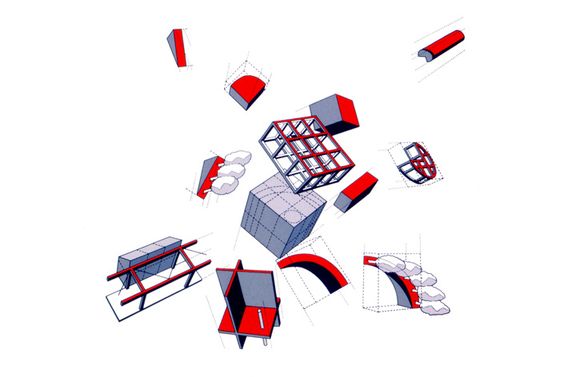While rebuilding or rebuilding an existing construction, the first thought that comes to the mind of a business owner or a homeowner is to complete the project as early as possible and at a lower price as possible. From earlier times demolition has been the most employed method to clear the old construction and make the land ready for a new one.
In this process, the demolished material ends up piling in the debris and landfills. EPA 2014 estimates show that up to 534 million tons of waste were generated from building and demolition activities which is twice as much municipal normal waste material that occupies the landfills. 54% of the total waste consists of demolition alone.
Seeing these statistics of demolition it would be a wise decision to go for an alternative, which is more cost-effective, eco-friendly as well as time-consuming. This alternative is Deconstruction. As the name suggests, deconstruction means reversing the process of construction, by carefully disassembling the structure and reusing it, thus giving it a second life.
Analytics show that 75 to 90% of the material can be reused, repurposed or recycled, thus saving the majority of the construction material and indirectly also the cost.
A few of the items that can be removed and given a second life are, Copper wiring, Kitchen cabinets, Bathtubs and sinks, Roof rafters, Bricks, Plywood, Flooring, plumbing fixtures, bathroom vanities, heating, and air conditioning systems, exterior and interior doors, fireplace mantles, etc.
These materials can be reused in some other project or sent to recyclers. This method reduces the carbon footprint that the manufacturing of new products leaves. The salvaged materials from demolition can also be donated, or a non-profit recycler can offer deconstruction fees with nominal fees and rights on the recycled material.
The process of deconstruction diverts almost 75 to 90 percent of the demolition material towards recycling, thus freeing the landfills. This is a huge step towards reducing the damage to the environment and it also creates a lot of new jobs, indirectly solving the economic problem of the country as well. Almost 230,000 new jobs have been created by the recycling industry in 2007. Thus deconstruction creates a win-win situation.
Many people are stuck with the question of who will use these donated products. Many non-profit organizations need financial support for their long-term sustenance. The salvable material could be donated to these organizations, then these organizations either use these products for their expansion or construction needs or sell the finished or unfinished products. Many such organizations also help in deconstructing and setting up the deconstructed finished goods. This helps the customers because they don’t have to pay the full retail price.
Various tax benefits have also been provided for the donor of the deconstructed material, no such benefits have been provided for demolition and thus is a dead expense. The IRS first demands the documentation of the material to be donated. After this, a fair market price of the respective material is briefed out. There are a few more steps into it, but eventually, the donor can reduce the taxable income by the full fair price of the donated material and thus reduce the tax liability. This advantage must be taken within the span of 5 years and not exceed the given time frame.
The interest in deconstruction is more likely to grow. Already various companies and municipalities are moving towards recycling and deconstructions, taking advantage of various incentives and benefits that have been provided by private organizations as well as the government. This shift can mostly be seen in urban and suburban areas. This is a huge step towards long-term sustainability, growth, and protection of the country’s economic as well as environmental status. Now that you know the pros and cons of deconstruction and demolition, you can weigh them and make a responsible and profitable choice.






